Market Growth Projections
The Global Biodegradable Packaging Market Industry is poised for substantial growth, with projections indicating a market value of 20.5 USD Billion in 2024 and an anticipated increase to 45.3 USD Billion by 2035. This growth trajectory suggests a compound annual growth rate of 7.47% from 2025 to 2035. The increasing adoption of biodegradable materials across various sectors, including food and beverage, cosmetics, and consumer goods, is likely to drive this expansion. As businesses and consumers alike prioritize sustainability, the market is expected to evolve, presenting new opportunities for innovation and investment in biodegradable packaging solutions.
Rising Environmental Concerns
The Global Biodegradable Packaging Market Industry is experiencing a surge in demand driven by increasing environmental awareness among consumers and businesses. As plastic pollution continues to pose significant threats to ecosystems, stakeholders are actively seeking sustainable alternatives. This shift is evidenced by the projected market value of 20.5 USD Billion in 2024, reflecting a growing preference for biodegradable materials. Governments worldwide are implementing stricter regulations on plastic usage, further propelling the adoption of biodegradable packaging solutions. The emphasis on reducing carbon footprints and promoting circular economies is likely to enhance the industry's growth trajectory.
Government Regulations and Initiatives
Government policies and initiatives play a crucial role in shaping the Global Biodegradable Packaging Market Industry. Many countries are introducing regulations aimed at reducing plastic waste, which encourages manufacturers to adopt biodegradable alternatives. For instance, the European Union has set ambitious targets for reducing single-use plastics, which has led to increased investments in biodegradable packaging technologies. These regulatory frameworks not only foster innovation but also create a favorable environment for market growth. As a result, the industry is expected to witness a compound annual growth rate of 7.47% from 2025 to 2035, indicating a robust shift towards sustainable packaging solutions.
Market Expansion in Emerging Economies
Emerging economies are becoming pivotal players in the Global Biodegradable Packaging Market Industry. As these regions experience rapid economic growth, there is a corresponding increase in consumer spending and demand for packaged goods. Countries in Asia-Pacific and Latin America are witnessing a shift towards sustainable packaging solutions, driven by urbanization and changing lifestyles. This expansion is expected to contribute significantly to the market's projected growth, with estimates suggesting a market value of 45.3 USD Billion by 2035. The increasing availability of biodegradable packaging options in these regions is likely to further stimulate demand and foster industry development.
Technological Advancements in Materials
Innovations in material science are significantly influencing the Global Biodegradable Packaging Market Industry. The development of advanced biodegradable polymers and composites has expanded the range of applications for sustainable packaging. For example, materials derived from renewable resources, such as cornstarch and sugarcane, are gaining traction due to their eco-friendly properties. These advancements not only enhance the performance of biodegradable packaging but also reduce production costs, making them more accessible to manufacturers. As the market evolves, the integration of smart technologies in biodegradable packaging could further enhance functionality, thereby attracting a broader consumer base.
Consumer Demand for Sustainable Products
The growing consumer preference for sustainable products is a key driver of the Global Biodegradable Packaging Market Industry. As awareness of environmental issues rises, consumers are increasingly opting for products that align with their values. This trend is reflected in the packaging choices made by companies, which are now prioritizing biodegradable options to meet consumer expectations. The shift towards sustainability is not merely a passing trend; it is becoming a fundamental aspect of brand identity. Companies that embrace biodegradable packaging are likely to enhance their market position and appeal to environmentally conscious consumers, thereby driving industry growth.
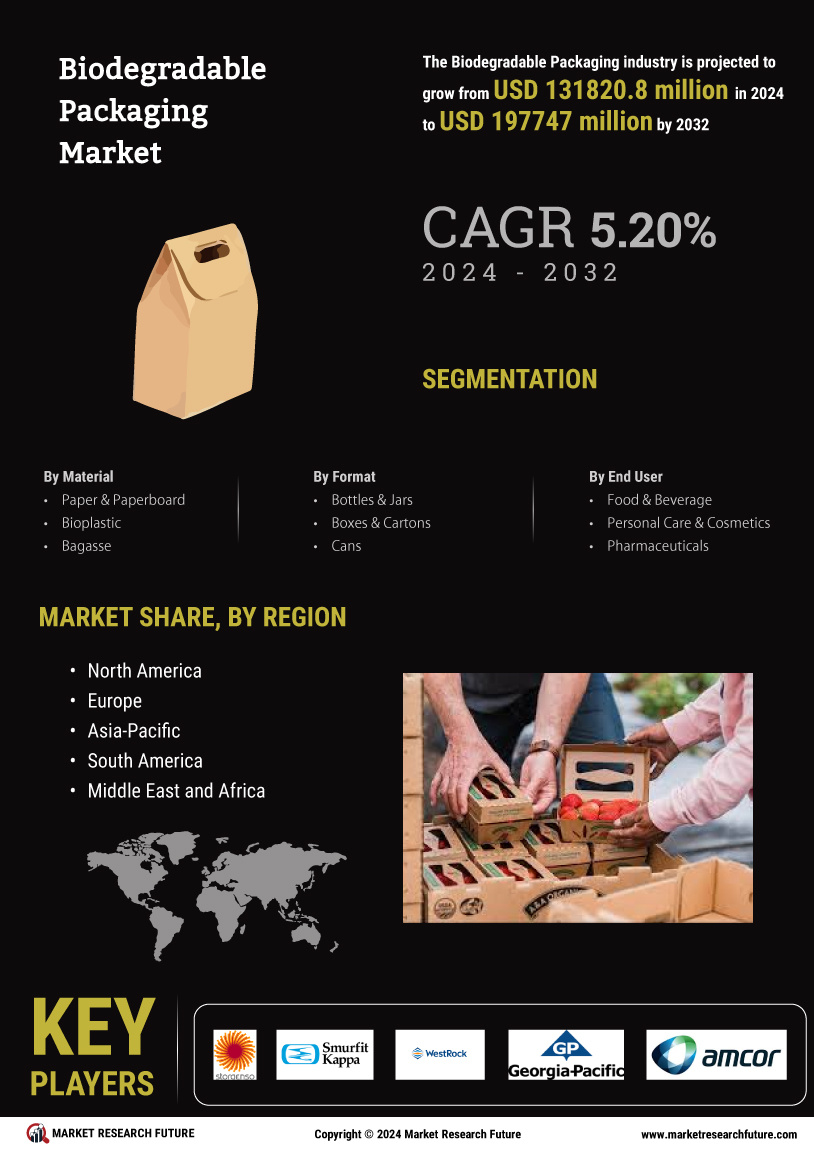

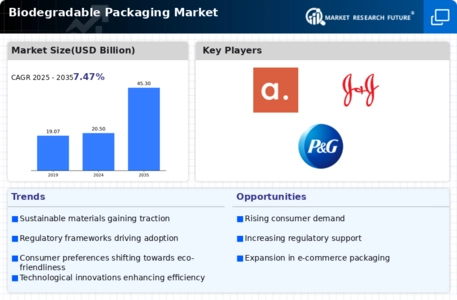

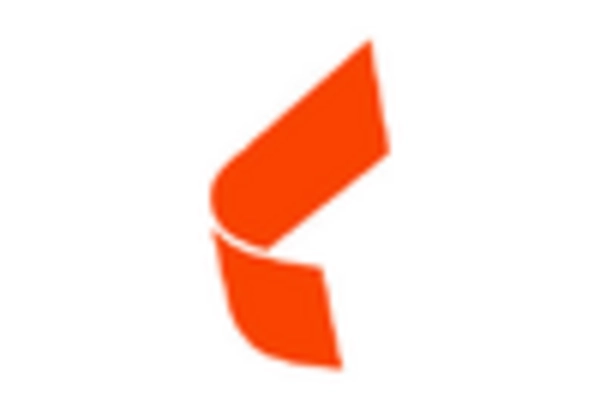
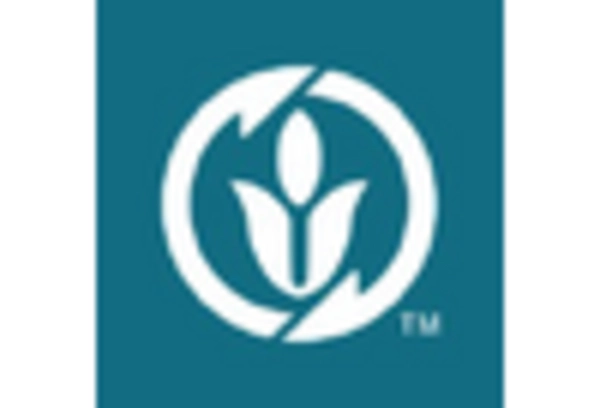
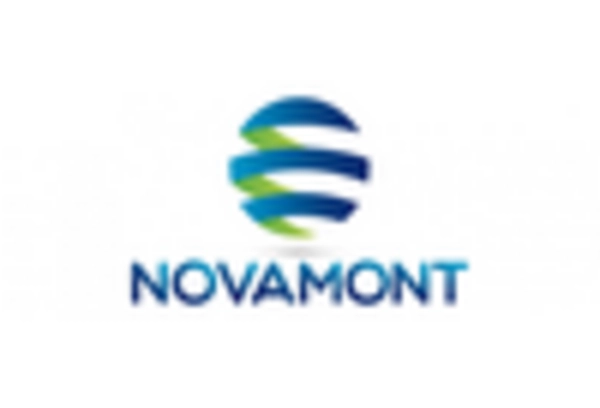
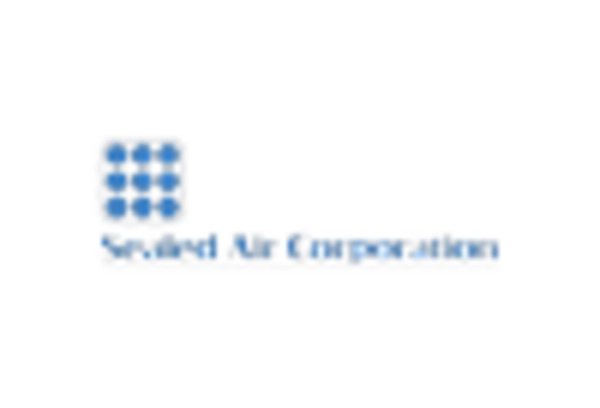
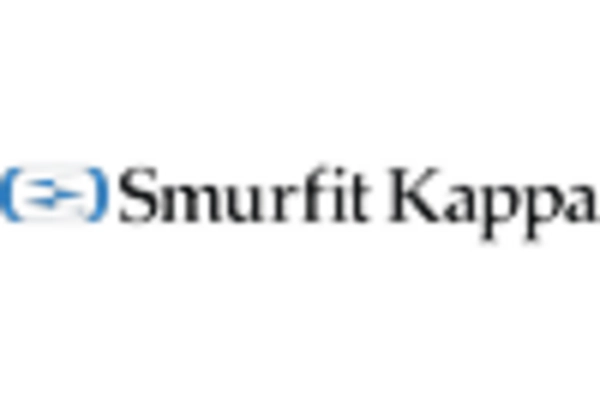








Leave a Comment